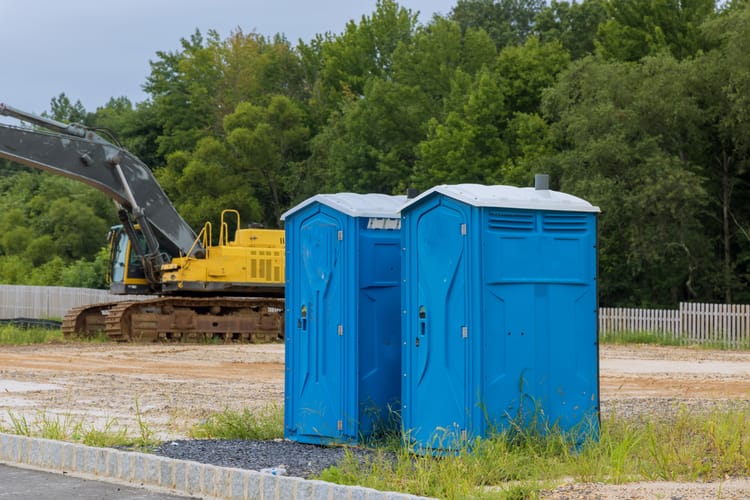The smart contractor’s playbook

Improving stability and profitability are on every contractor’s punch list. This week’s issue focuses on building your business and bottom line through adaptive reuse projects and an improved customer acquisition and marketing strategy. Plus: Are your helmets safe enough?
Coming soon: Bensonwood’s Seth Clarke explains how to leverage offsite construction for better sustainability and profitability.
But first, see what analysts are saying about the latest round of tariffs on bathroom vanities, kitchen cabinets and the heavy trucks that get them to market.

>> They did what?! Take a peek at the incredible transformation of a Cold War relic into a luxury home.
>> Relatable. Redditors weigh in on “one of those days.”
>> This is how we do it. See how they approached restoring the oldest structure in Olympic National Park.
>> “Things are getting pretty serious.” This is the Napoleon Dynamite-construction mash-up we didn’t know we needed.

Multiple trends make adaptive reuse attractive, profitable
Greenfield construction is expensive, and the price tags on any development plot are increasing. These realities increase the appeal of rehabbing or repurposing existing structures. Such adaptive reuse projects can meet pent-up demand for housing and other uses. And since they don't need expensive land purchases and lengthy site preparations, they can be finished faster. That means more opportunities for contractors.
Adaptive reuse has other benefits as well. One of them is a lower environmental impact, thanks to the easy redeployment of existing fixtures and a reduced need for new materials. There’s also a positive bottom-line impact for owners and developers from extending asset life and the stronger performance of a long-term investment.
“We often hear that a mix of financial drivers and long-term strategic goals shapes capital plans,” notes Tom Whitmore, senior consultant in FMI’s strategy practice, in a recent report. “Adaptive reuse speaks directly to both, which is why it is gaining momentum across sectors... As urbanization intensifies and the demand for flexible, future-proof spaces grows, adaptive reuse will continue to be a powerful strategy.”
Why it matters: Proactive contractors can identify possible opportunities for reuse, getting ahead of the competition and establishing themselves as valuable strategic partners for architects, developers and municipalities interested in capitalizing on the existing built environment. (FMI)
Half of construction hard hats fail safety tests
Nearly half of all hard hats commonly used on U.S. construction sites don’t offer enough protection, according to an 18-month study by Virginia Tech’s Helmet Lab. Researchers found that type I helmets—still widely worn—are “50 percent less likely to protect workers from head injuries due to trips and falls, compared with type II safety helmets.” Type I models typically lack chin straps and extra padding, which makes them more likely to slip off or fail in a fall from scaffolding or ladders. Virginia Tech tested 17 helmets, rating seven with five stars for strong protection. OSHA already recommends type II helmets, and manufacturers are working on lighter designs with more padding to increase adoption.
Virginia Tech tested 17 helmets, rating seven with five stars for strong protection. OSHA already recommends type II helmets, and manufacturers are working on lighter designs with more padding to increase adoption.
Why it matters: One in five workplace deaths occurs in construction, according to the Bureau of Labor Statistics. “You know, a little bit more padding can go a long way to reducing concussion risk and skull fracture,” says Barry Miller, the lab's director of outreach. (WVTF)
Pinpoint client and project types to improve biz dev
It seems obvious, but the best place to start is clearly defining the kinds of clients and projects you want and can deliver on best. This helps you identify which people and projects to feature in your advertising and promotions, and where to allocate your marketing dollars. That’s how you drive ROI. Other tactics include investing in strategies that drive local search, such as SEO, social media advertising and signs and banners at job sites, as well as participating in local events like parades and festivals.
Why it matters: You don’t need to spend money trying to get customers you don’t want or who don’t want what you’re selling. Being more intentional about the sort of business you want to do and selling to that helps you attract new customers cost-efficiently. (Houzz)

>> Residential recon: Experts say housing market difficult to forecast
>> Building boom: Multifamily still strong in Charlotte, N.C.
>> Planning power: Smarter pre-con boosts profits, cuts risk
>> Going green: Environmental requirements haven’t stymied development

Building your customer list
"Having five-star reviews isn't about always doing everything perfect, but it's absolutely about keeping your customer informed every step of the way. Having systems and automation in place really helps get you to that point."
—Lisa Cimaroli, CornerStone Restoration & Roof Rider Academy
Lisa Cimaroli, owner of CornerStone Restoration and co-founder of Roof Rider Academy, offers “Building Business” podcast listeners and host John Dye her advice on growing a business by enhancing client communication and overall customer service, including leveraging automation and other technologies for support.
Thanks for reading today's edition! You can reach the newsletter team at thelevel@mynewsletter.co. We enjoy hearing from you.
Interested in advertising? Email us at newslettersales@mvfglobal.com
Was this email forwarded to you? Sign up here to get this newsletter once a week.
The Level is curated and written by Margot Lester and edited by Bianca Prieto.





